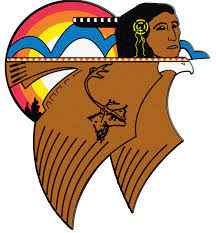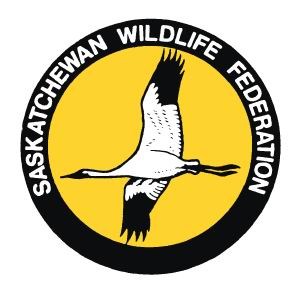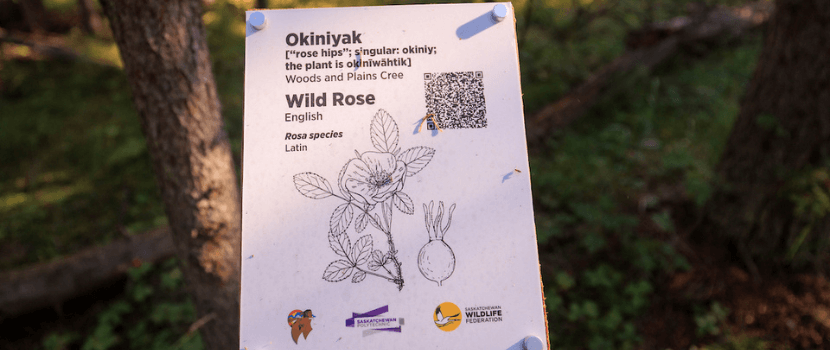
Latin binomial name: Rosa species
Woods and Plains Cree name: okiniyak (rose hips, singular: okiniy; the plant: okinīwāhtik)
Wild Rose is found in clearings, plains, and forested areas. It is a shrub with alternate leaves that are divided into 3-7 smaller leaflets. The flowers are reddish pink with five petals. After flowering, the fruits or rosehips develop, which vary in shape from round to oval depending on the species. The reddish stems are covered in prickles and thorns.
This plant is full of vitamin C, it has become a habit from childhood that while walking the land you eat a few petals along the way to top up said vit c, the petals can be used in jellies, healing ointments, teas and more. The rosehips are often picked in the late fall and traditionally could be used to make necklaces. On the land we were taught trapline facemasks (crushed rosehips and bear grease) because this plant is great for the skin. Rosehips are also eaten, just be sure to spit out the seeds. The wesakechak legend says he didn’t listen to the grandmother to spit out the seeds and in the coming days he was walking around scratching his bottom, as it became irritated from the seeds, and this was the plants way of telling on him. If you ever hear an elder yelling at you about ‘itchass’, it is not Cree, they are warning you not to eat the seeds or you’ll get an itchy bottom.
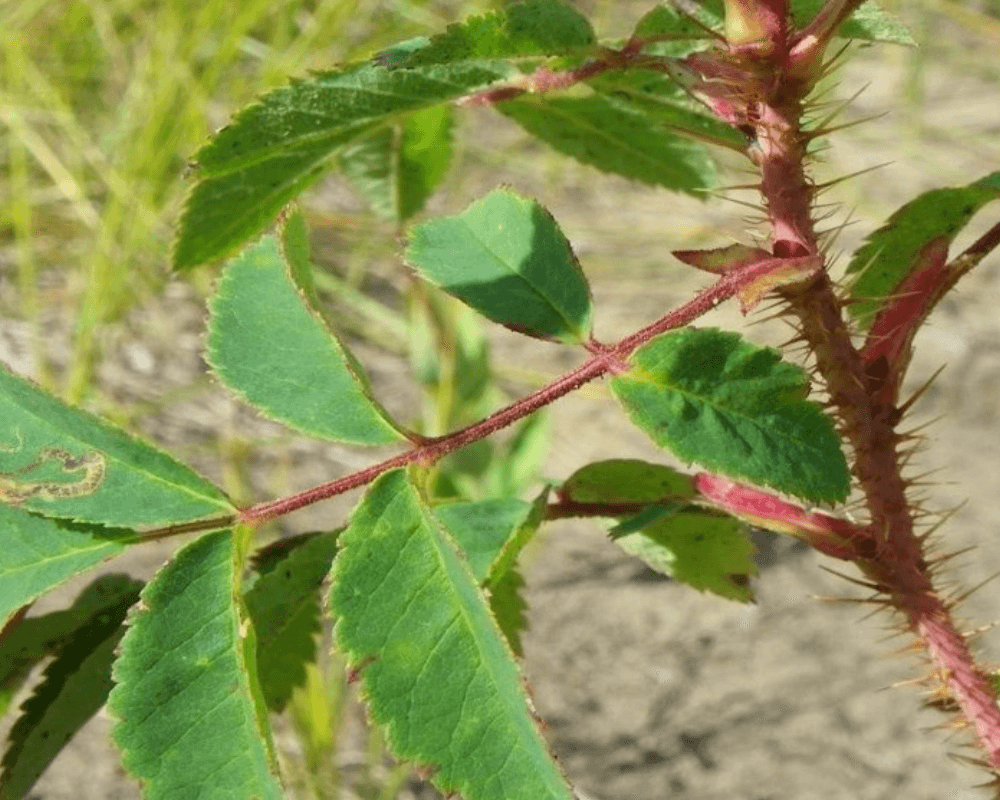
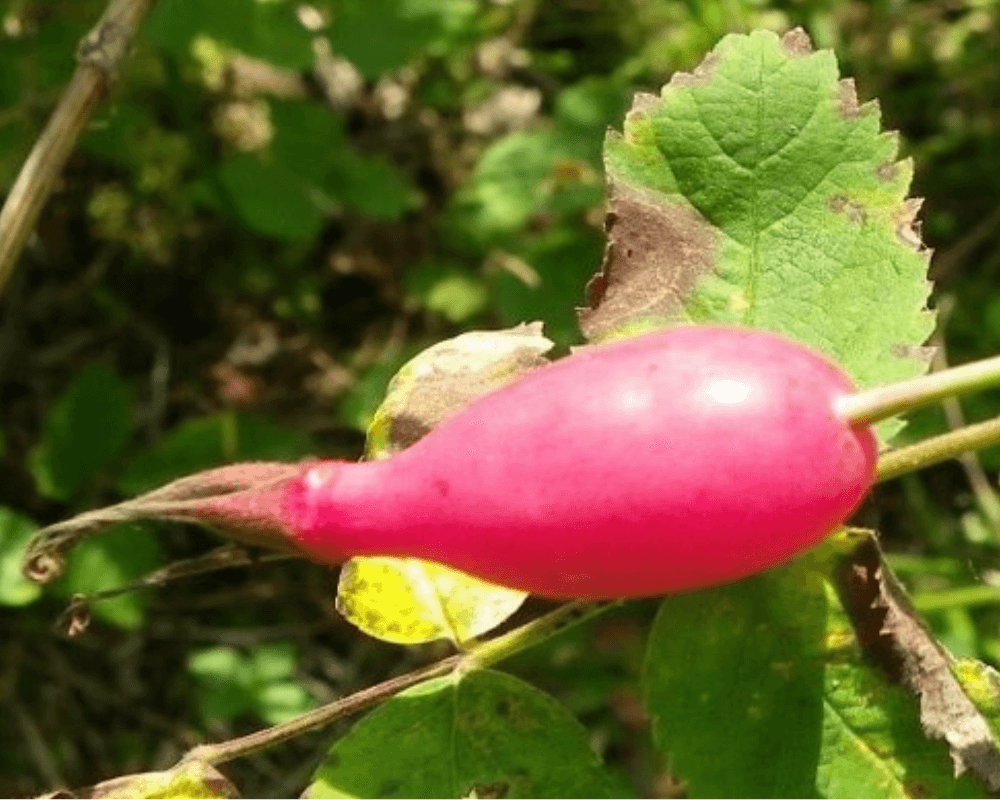
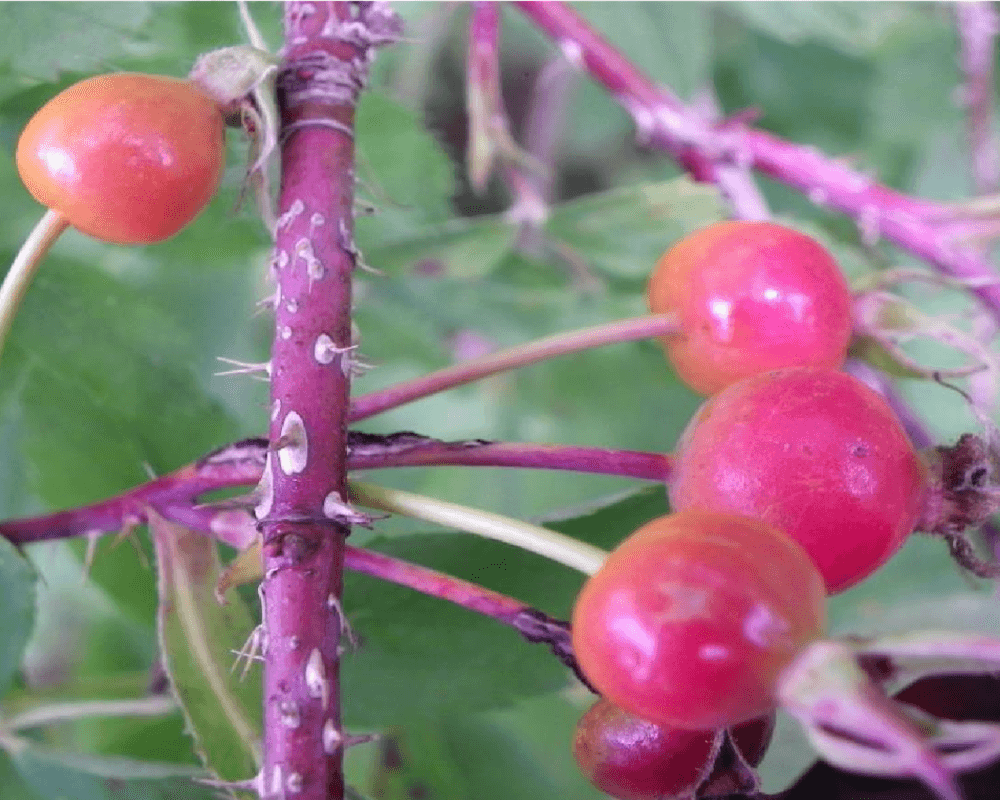
In partnership with
